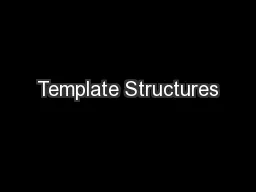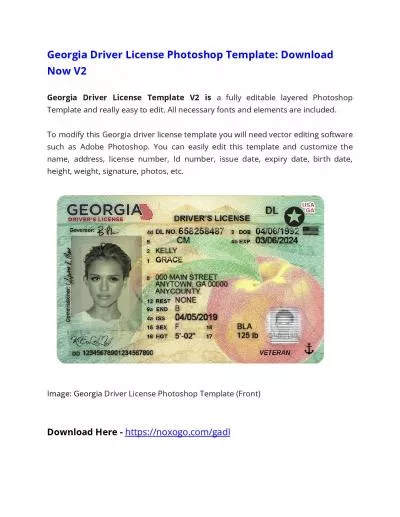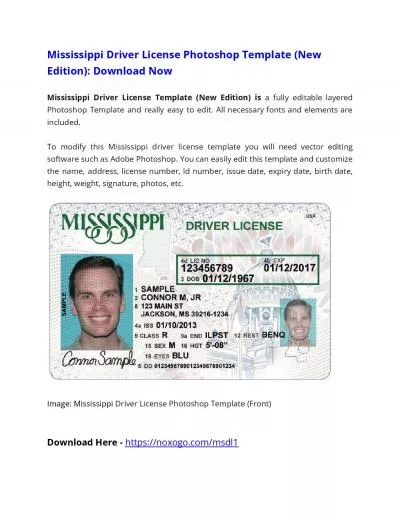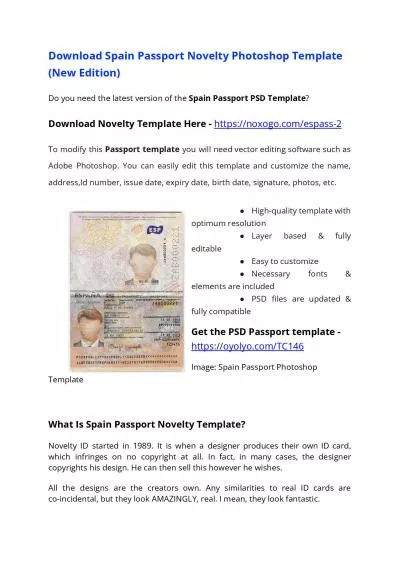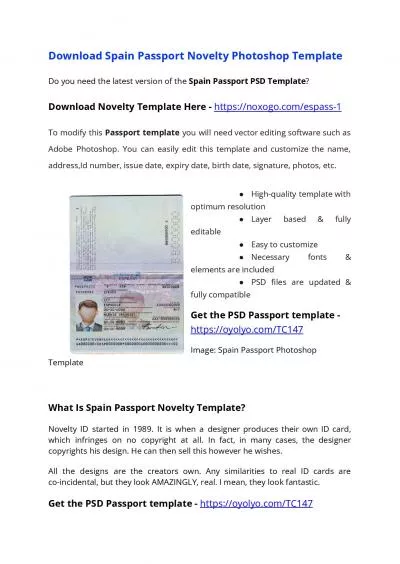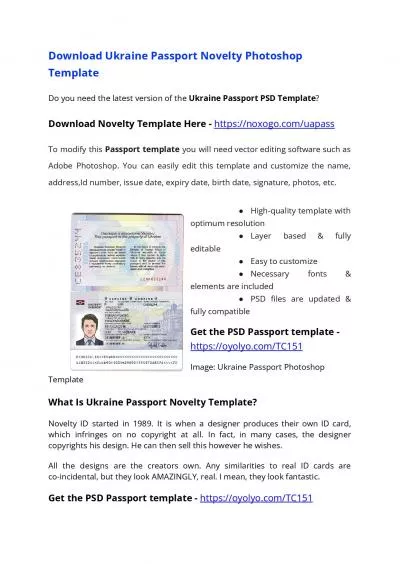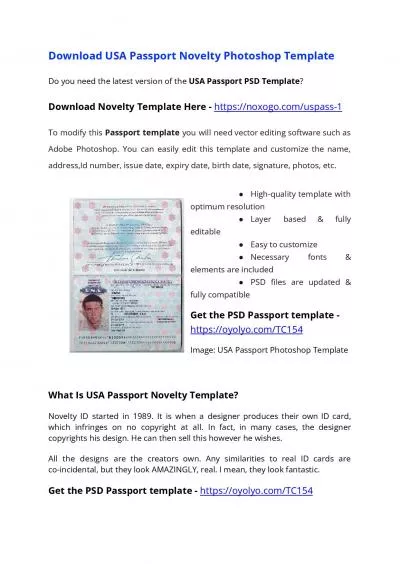PPT-Template Structures
Author : danika-pritchard | Published Date : 2015-11-04
Eric Roberts CS 106B February 11 2013 Contest Results The CS106B Random Writer Contest February 2013 Honorable Mention Brad Girardeau WordBased Tom Sawyer Honorable
Presentation Embed Code
Download Presentation
Download Presentation The PPT/PDF document "Template Structures" is the property of its rightful owner. Permission is granted to download and print the materials on this website for personal, non-commercial use only, and to display it on your personal computer provided you do not modify the materials and that you retain all copyright notices contained in the materials. By downloading content from our website, you accept the terms of this agreement.
Template Structures: Transcript
Download Rules Of Document
"Template Structures"The content belongs to its owner. You may download and print it for personal use, without modification, and keep all copyright notices. By downloading, you agree to these terms.
Related Documents

